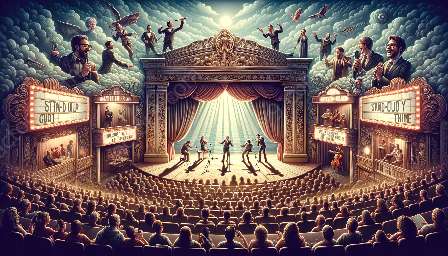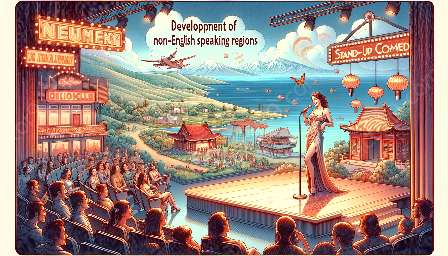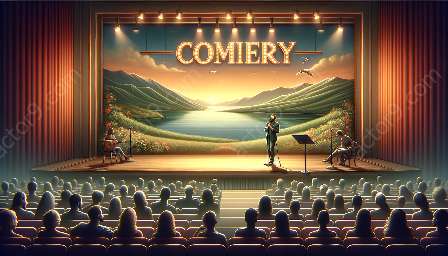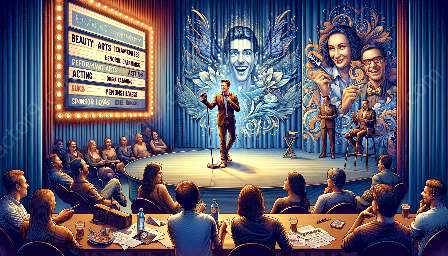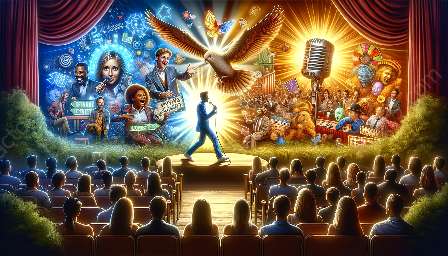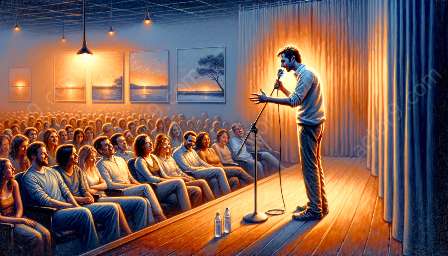When it comes to stand-up comedy, creating a hilarious and engaging routine requires careful structuring and organizing to captivate the audience. In this topic cluster, we will explore the key factors to consider, including stand-up comedy techniques and tips for successful performances.
The Importance of a Strong Opening
A great stand-up routine often begins with a strong opening that grabs the audience's attention. The opening sets the tone for the entire performance and helps establish a connection with the audience. Whether it's a witty one-liner, a relatable observation, or a unique introduction, the opening should be memorable and engaging.
Understanding Timing and Pacing
Timing and pacing are crucial elements in stand-up comedy. Comedians must carefully consider the rhythm of their jokes and the cadence of delivery to maximize laughter from the audience. Pausing for comedic effect and varying the speed of delivery can add depth and impact to the routine.
Connecting with the Audience
Successful stand-up comedy routines often involve connecting with the audience on a personal level. Comedians may use relatable experiences, common frustrations, or cultural references to establish rapport with the audience. Engaging with the crowd and responding to their reactions can add an interactive and enjoyable dynamic to the performance.
Variety in Material and Delivery
Striking a balance between different types of humor, such as observational, self-deprecating, or surreal, helps maintain audience interest. Additionally, varying the delivery style, incorporating physical humor, or utilizing props can add layers of entertainment to the routine.
Transitioning Smoothly Between Segments
Smooth transitions between jokes and segments are essential for maintaining the flow of the routine. Comedians should consider the natural progression of topics and seamlessly connect different parts of the routine to avoid disjointedness and keep the audience engaged.
Captivating Storytelling Techniques
Incorporating storytelling techniques can capture the audience's imagination and create memorable moments. By weaving vivid and relatable narratives into the routine, comedians can evoke emotions and enhance the overall comedic experience.
Effective Use of Callbacks and Call-Backs
Callbacks, or call-backs, are references to earlier jokes or segments within the routine. Skillfully using callbacks can create a sense of continuity, reinforce recurring themes, and elicit a strong response from the audience.
Adapting to the Audience and Environment
Flexibility is key in stand-up comedy. Comedians should be adept at reading the audience's reactions, adjusting the routine based on the crowd's energy, and navigating unexpected situations during live performances.
Crafting a Memorable Closing
Just as the opening sets the tone, the closing leaves a lasting impression. A memorable closing can tie the routine together, provide a final punchline, or evoke a strong emotional response, reinforcing the audience's enjoyment of the performance.
Conclusion
By considering these key factors and incorporating stand-up comedy techniques, comedians can structure and organize compelling routines that resonate with audiences, leaving them laughing and eagerly anticipating the next performance.


